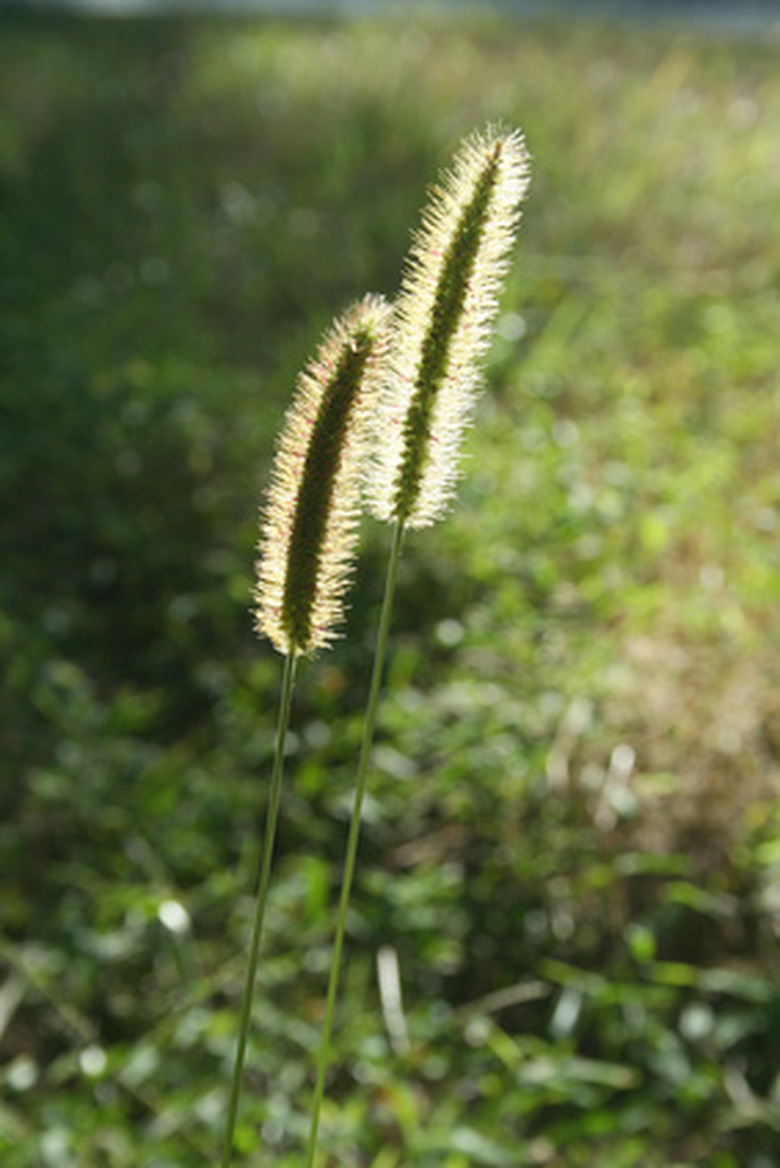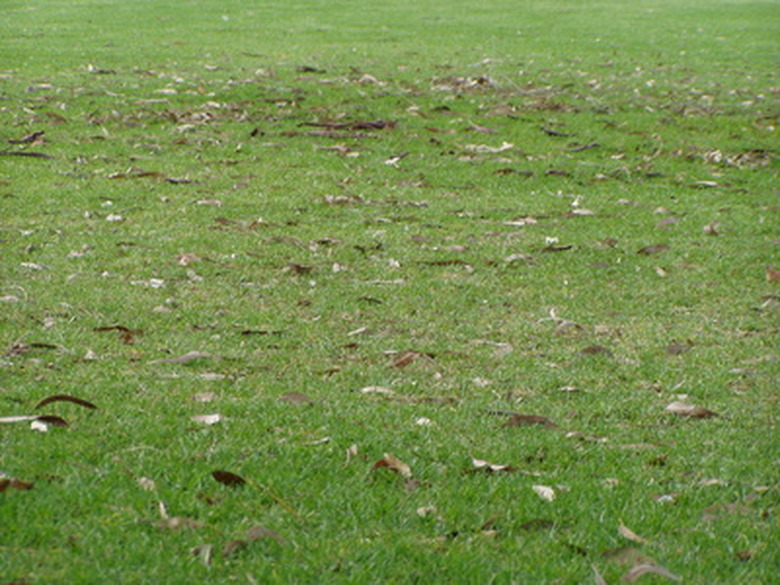How To Use 2,4-D In Lawn Care
Things Needed
- 2,4-D herbicide concentrate
- Garden pump-up sprayer
2,4-D (2,4-Dichlorophenoxyacetic acid) is used in the control and prevention of numerous broadleaf weeds in agricultural and residential applications. It is best to apply the product in a garden pump-up sprayer, or a ready-to-use spray container in residential lawns. This type of application helps to control overspray on areas other than the targeted weeds where nearby trees and ornamentals could be damaged by the mist. 2,4-D has been an effective weed control product since its introduction in the 1940s. It can be used in spring, summer or fall as a selective herbicide when weeds are actively growing.
Using 2,4-D in Lawn Care
Step 1
Mow lawn two to three days before beginning 2,4-D herbicide treatment. Remove any excess cuttings or debris from the lawn to be treated. Do not apply herbicide on newly planted grass seeds or sod until they have been established and mowed two to three times.
- 2,4-D (2,4-Dichlorophenoxyacetic acid) is used in the control and prevention of numerous broadleaf weeds in agricultural and residential applications.
- It is best to apply the product in a garden pump-up sprayer, or a ready-to-use spray container in residential lawns.
Step 2
Fill a 2 gallon pump-up sprayer half full of water, and add 2 fluid ozs. of 2,4-D herbicide. Finish filling the container with water until the 2 gallon graduated mark on the tank is reached. Stir the contents, or screw on the top and shake contents vigorously until well mixed.
Step 3
Adjust the sprayer wand's nozzle for a course pattern to aid in directing the herbicide onto the broad leaf weeds being treated. 2,4-D can severely injure or kill other shrubs, plants or trees in the area if mist or over spray is allowed to drift.
Step 4
Mow lawn three days after herbicide treatment, and remove clippings from the lawn. Do not reuse clippings as mulch or compost as they may contain traces of herbicide that could damage other plants or trees.
- Fill a 2 gallon pump-up sprayer half full of water, and add 2 fluid ozs.
- 2,4-D can severely injure or kill other shrubs, plants or trees in the area if mist or over spray is allowed to drift.
Tip
For stubborn weeds, follow-up with second 2,4-D application in two to four weeks. Avoid mowing two to three days before and after application of 2,4-D herbicide.
Warning
Do not apply 2,4-D herbicide around garden plants, trees or ornamentals, or when winds may carry a mist of the herbicide down wind onto such plants. Avoid direct contact of 2,4-D with skin and wear eye protection at all times as a precaution. Do not allow pets or children into area being treated, or up to four hours after treatment.

